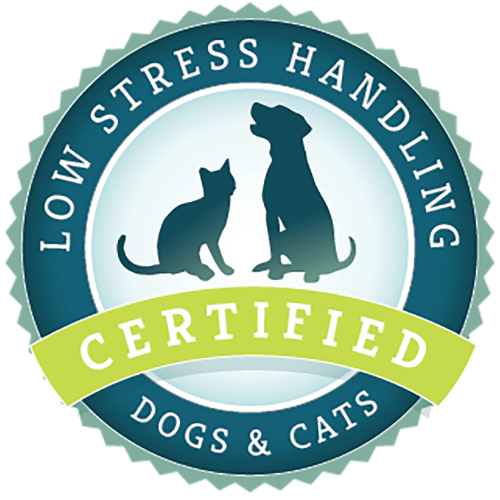What article are you looking for?
Recent Articles
Kitty Kindergarten: Learn How to Teach Early Kitten Socialization Classes with This Lecture Video!
Are you looking for a way to encourage visitors to come to your shelter, increase kitten adoptions, and as a result have kittens that are less fearful of being handled, encountering strange objects and people, and that are more tolerant of having their nails trimmed or of being vaccinated? Watch Kitty Kindergarten to learn how to make scary experiences that might elicit fear in a kitten into scenarios that are pleasant and downright fun for kittens! Most Behavior Issues Can Be Prevented with Early Socialization Did you know that most cat behavior issues—aggression, antisocial behavior, potty problems— can be prevented with early
The Case of Finn, the Cat Who’s Afraid of Toenail Trims and the Vet
Intro by Dr. Sophia Yin In 2009, I produced the first and only textbook and DVD on Low Stress Handling of dogs and cats in the hospital or shelter setting. Since then the methods and philosophy have spread around the world. In this article, my colleague in the Netherlands, Dr. Valerie Jonckheer –Sheehy details how she used desensitization and counterconditioning to give a cat a pleasant toenail trim. The techniques used in this case are based on Dr Sophia Yin’s protocol for trimming the nails of an anxious dog. Counterconditioning for Toenail Trim Aggression 15 April 2014 History: The owner reports
Test Yourself: Questions of the Day, Part 1
Questions of the Day for the week of August 11th-14th We posted a series of pictures with questions on Facebook and we got some great answers. How did you do with your answer? Test yourself! Question: This cat has come for its first visit and spends most of the visit in this position. Is the cat relaxed or anxious? Explain. Answer: A comfortable cat should explore the room. This cat is stationary with tail tucked and feet tucked into his body because he’s nervous. This behavior is a form of freezing. Question: You enter the exam room
Sedating the Killer Cat
A cat comes in to the hospital stressed to kill. What should you do? While cases like this are stressful for these fearful cats, they can cause just as much anxiety in experienced hospital staff as well as clients and other patients exposed to the sound of the loud struggles that ensue. Often we can completely diffuse the situation without even needing to talk the cat down. We can just move into a quiet, comfortable room and use some simple towel-wrap techniques like so. In other cases, in order to provide a thorough examination and the procedures the cat needs,
Proper Walking Technique: Turn an anxious dog into a calm dog in just minutes
Every veterinary hospital has canine patients who are anxious away from their owners. Dogs who were seemingly happy when they arrived but as soon as they are separated from their pet parents, they pace and whine. And if left for the day, they bark incessantly in their kennels and can even become unsafe when handled. Take, for instance, the case of Clyde the foster Springer Spaniel. Clyde quickly learned how to focus on and heel for his foster mom and to be comfortable around new people; however, when he was separated, even with her in sight, he paced, whined and
Counterconditioning for Toenail Trim Aggression
This dog doesn’t like having his toenail trimmed. We’ll take a few minutes to counter condition him. First, I give him treat while handling him in order to change his emotional state. The assistant should wait until the dog is occupied with eating before she starts handling then stop handling before the dog finishes the treat. This time the dog is focused on the food the entire time he’s being handled, which lessen the likelihood that he will bite the handler. Notice our timing is off the first several times and then we got our team work down better.
Looking for certifications instead?

Low Stress Handling® Silver-Level Certification
Individual Certification at this level demonstrates to clients and employers the individual’s dedicated interest in Low Stress Handling®. Hospital Certification at this level demonstrates to clients and staff the hospital’s commitment to appropriately training staff in Low Stress Handling® methods.
Learn More
